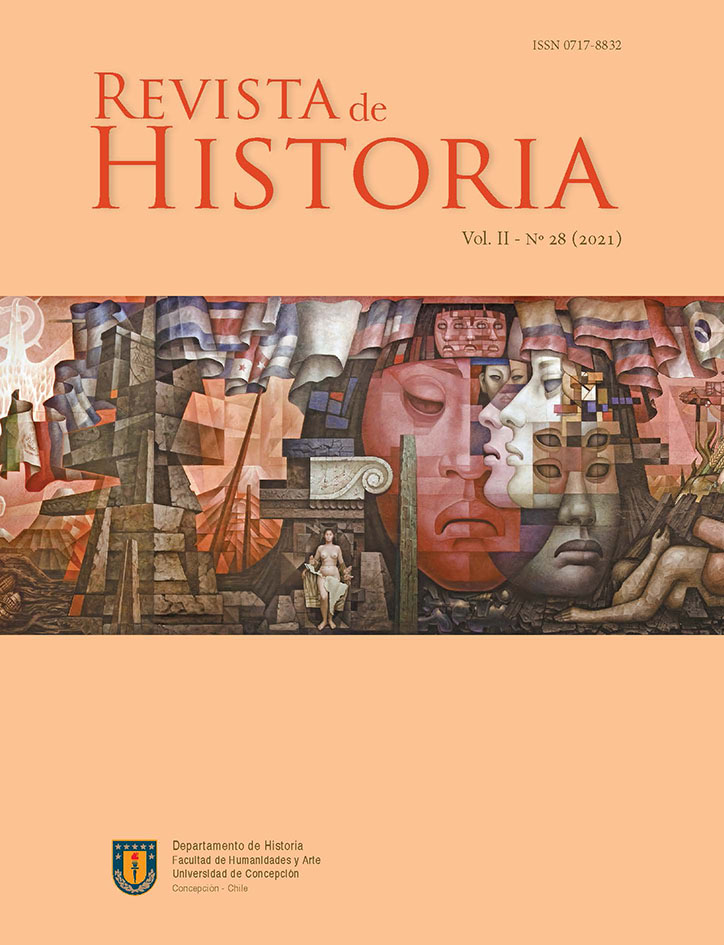Mutualism in Central Chile: the working class and social security (1848-1922)
DOI:
https://doi.org/10.29393/RH28-36MCFV10037Keywords:
mutualism, social security, retirement, mutualist educationAbstract
From the social history, a characterization of the mutualism in central Chile in the period 1848-1922 is carried out. The association between labor force, mutualism and urban spaces is analyzed, as well as the phases of mutualist expansion in central Chile between 1848 and 1922, its objectives, composition, and typology. Likewise, the connection between the salary of those workers and the mutual contributions, social protection mechanisms, subsidies, retirement, savings, and resistance are also analyzed. Finally, the importance that mutual aid societies provided to school, libraries and conferences is considered. The role of migrants in the initial diffusion of mutualism is highlighted, as well as the leadership of Valparaiso, as the main exponent of mutuality in the country and of the tendencies to form leagues or federations. It is concluded that mutualism was not only the main source of associationism and sociability during the time, but also the main social security mechanism of the period under analysis.
Downloads
Published
How to Cite
Issue
Section

This work is licensed under a Creative Commons Attribution 4.0 International License.






